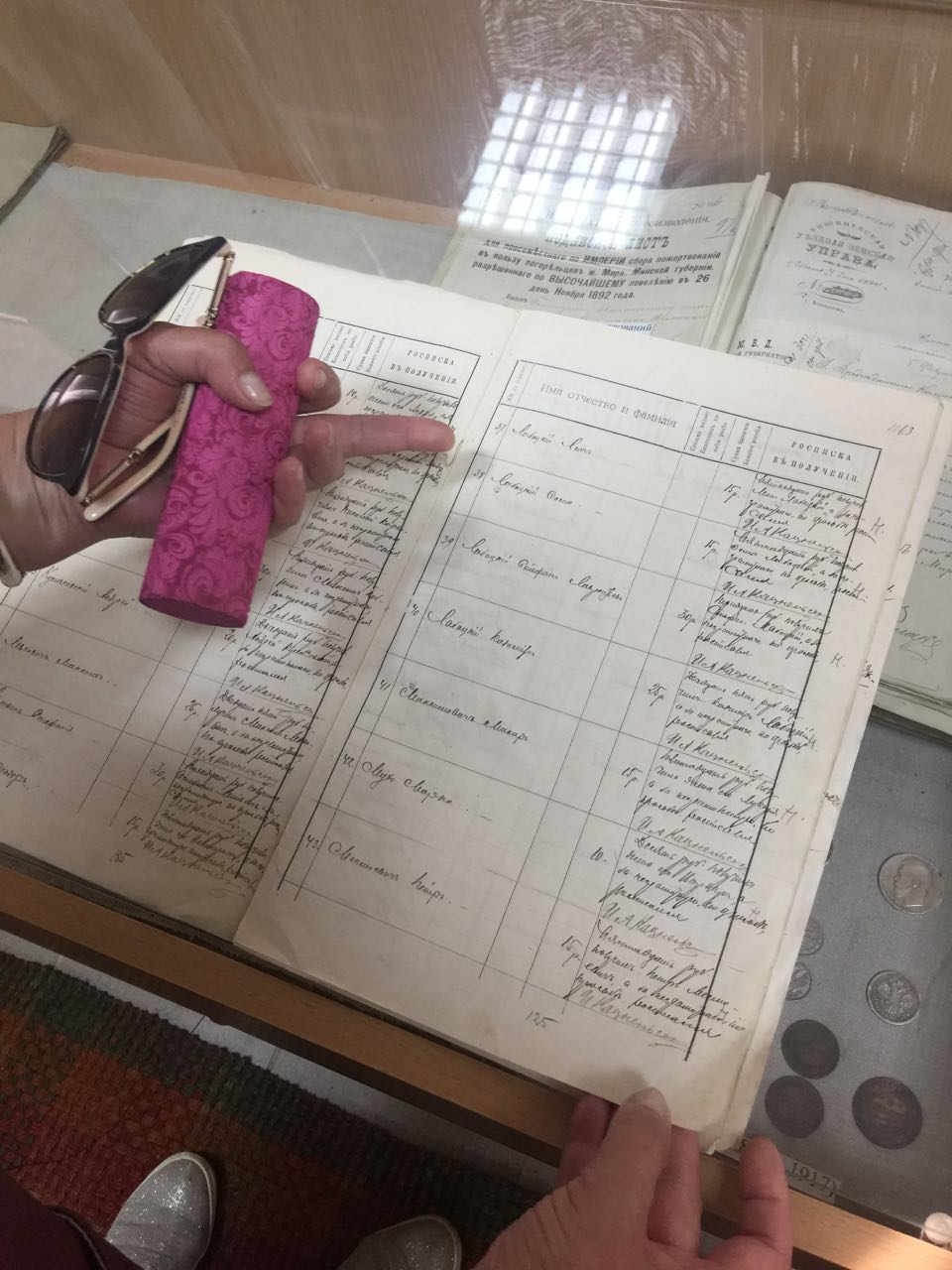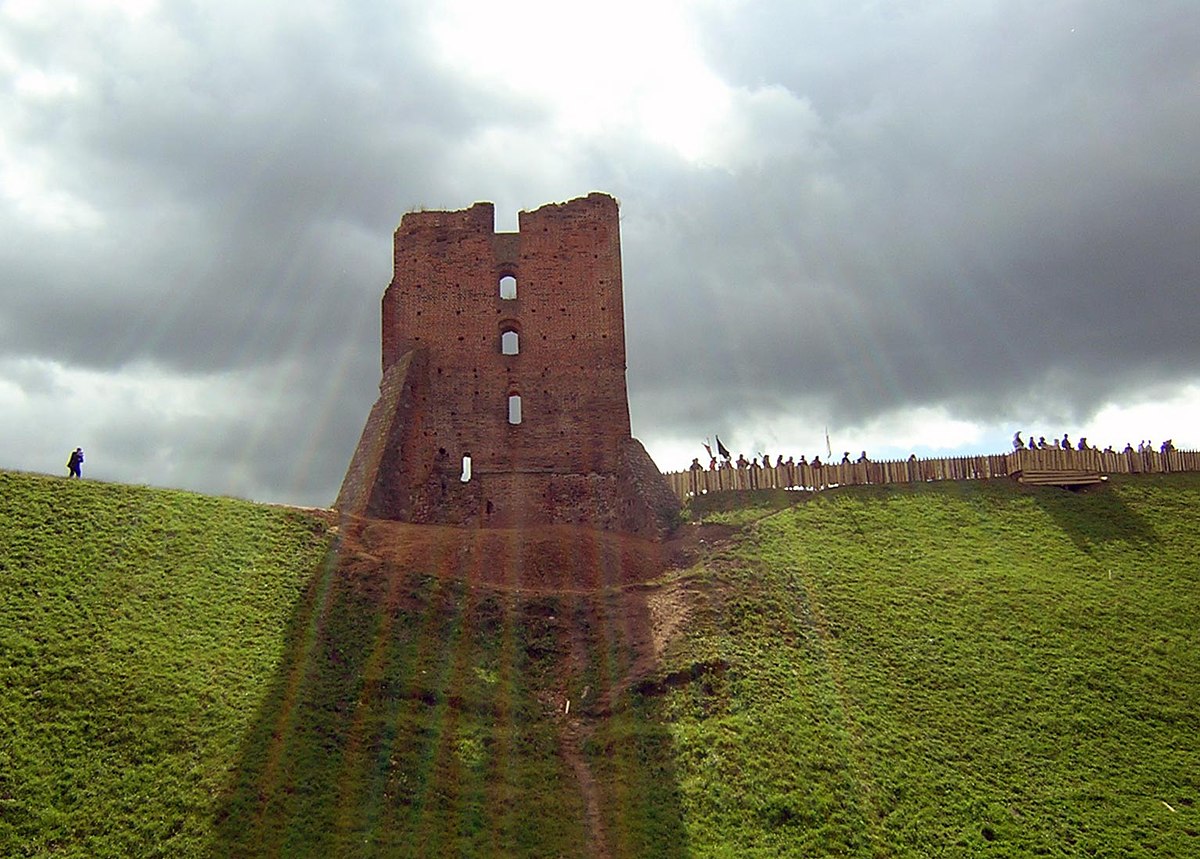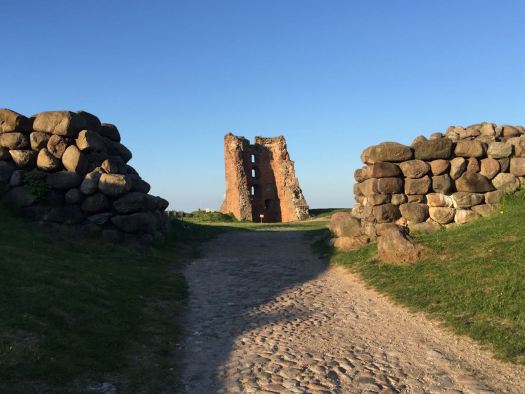From David Solly Sandler
Greetings from Western Australia and I hope you are all well.
I’m pleased to tell you that the second Yizkor book from South Africa, the Keidan Memorial (Yizkor) Book is now completed and for sale.

This is the end of a very long journey started at least two years ago when Bella Golubchik translated many of the articles from Hebrew and Yiddish. All the articles for the book were edited by the heads of the Keidan Associations of Israel and the US. Below I share with you the cover of the book, the first page and the preface.
KEIDAN
MEMORIAL (YIZKOR) BOOK
קיידאן
ספר זכרון
First published, mainly in Hebrew, in Tel Aviv 1977, by the Keidan Association in Israel, with the participation of the Committees in South Africa and the USA..
Edited by Josef Chrust
Editing Board: Pesach Chitin (Weitzer), Arie Ginsburg, Zalman Gladstone, Adv Shmual Hadari, Chaim Landsberg, Barich Ofek ((Upnicki) and Adv Shimon Shibolet
Reprinted in 2018 in English by the Keidan Association in Israel and the USA. Translations edited by Aryeh Leonard Shcherbakov and Andrew Cassel of the Keidan Association in Israel and the USA. Compiled by David Solly Sandler
KEIDAN MEMORIAL (YIZKOR) BOOK
PREFACE
At first glance this book is like all the other hundreds of books published since the end of World War II in memory of the Jewish shtetl in Eastern Europe that had been and is no more. Keidan itself was one of those thousands of towns in the old Pale. Small towns with all their lights and shadows, their geographical and human landscape, their spiritual climate, the Jewish people who worked and toiled all week like busy ants in order to bring food to the family. With its odd and strange figures, whose daily life and golden dreams of the redemption of the nation and salvation of the world. In short, a shtetl, like all shtetlech.
Even so, Keidan was worthy of an eternal monument in form of a book, which would tell the new generations about their fathers and mothers, who were the public workers and honorary officers, the righteous women, students of the Torah and ordinary people, rabbis and judges and unknown soldiers, each of whom made his contribution, with or without knowledge, to the chain of generations of the ancient nation.
Yet Keidan was also outstanding, and we are even allowed to say of a special lineage, with the legends pertaining to the beginning of the Jewish settlement in Keidan, the pride of its Jews, the consciousness of self-importance of its sons who found its expression in the famous uprising against the community leaders, the efforts to appoint as its spiritual leaders the greatest rabbis in the diaspora, the special contribution made by its sons to the Jewish renaissance movement, and finally, the single revolt crowned with heroism and splendor of one of its sons within the mass grave. All this demanded its commemoration for the future generations.
The birth pangs of this book were hard and prolonged. Yet it is natural, and it doesn’t lessen its importance, if we shall consider that the whole book is a product of the common effort of the town’s people who invested in it the most important element – love. Actually, no scientific research works have been included in this book, but memories which sometimes reach the height of true art, and – what is even more important – they distinguish themselves with a clean and refined truth, as it was seen with the eyes of the writers. They described all they had seen in a quiet, restrained way, without any trimmings, yet, for all that these memories speak to the reader with an unusual strength of expression.
One of the main goals of the book is the commemoration of the period of the Holocaust. Very few people have remained from that terrible period. Very few of those who had seen the terror from close up saved themselves by a miracle, and it is their duty to tell about their personal experiences. There are others who succeeded to escape from the Holocaust and to spend the war in wanderings in distant places or in fighting the cruel enemy. Each one told, in his own language, the facts as he knew them. More than once the book contains different versions of the same events. This fact, which can happen in historical scientific works too, will no doubt be forgiven in a book which was written not by historians, but by men who drew their descriptions not from documents in an ivory tower of a library, but from their own memories, that were tortured in the ghettos, concentration camps and forests. This is however the naked truth, rough and not polished, a truth solid like rock from which eternal monuments are shaped.
Still, this book is more than an eternal monument. It is an effort to return to the shtetl in its happy moments as well as in its last hours, to be together with the father and the mother, with the brothers and sisters, at the Shabbat table as well as at the mass grave on the fateful day, to isolate oneself within Keidan, one of the precious stones in the lost crown whose name was Eastern European Jewry.
There is no relief in this book for the wounded soul of a son of Keidan, but there is in it a eulogy and a kaddish which was not said on the grave of the martyrs, and which will be said now whenever we shall take this book in our hands.
Copyright © Keidan Memorial Fund 2018
Please contact David Solly Sandler sedsand@iinet.net.au to order your book.
All proceeds go to Arcadia Oranjia or the JDC




















































































































































































































































 , M
, M











































